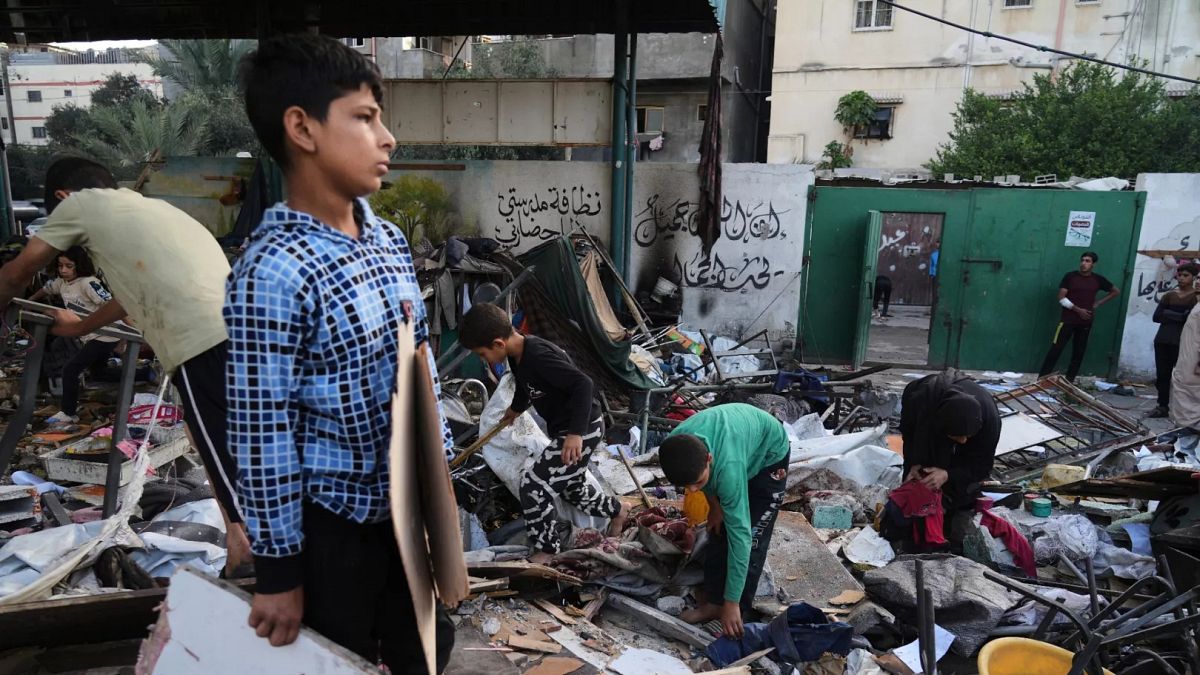

In recent days, a series of complex geopolitical events have unfolded, significantly impacting civilian lives across various regions. Let us take a closer look at the developments in Gaza, Ukraine, Sudan, and Syria, all of which highlight the ongoing challenges faced by people caught in the crossfire of conflict.
In Gaza, the persistent humanitarian crisis continues to take its toll, especially on the youngest and most vulnerable. According to UNICEF Executive Director Catherine Russell, an average of 28 children lose their lives daily as the conflict stretches on, marking a grim reality for Gaza’s one million-strong child population. Each child in this region has endured tremendous suffering, with lifelong impacts anticipated as a consequence of the relentless strife.
Moreover, a tragic incident recently occurred at a humanitarian distribution site in Gaza. A stampede claimed the lives of at least 20 individuals, as reported by a US aid group. While there are accusations against local governance on fomenting panic, the situation underscores the precarious balance between aid provision and safety concerns in conflict zones.
The geopolitical situation in Ukraine remains tense, with Russia launching a fresh wave of drone and missile strikes across several cities. These nighttime assaults have not only harmed civilians, with at least 15 reported injuries, but have also inflicted further damage on civilian infrastructure, highlighting the continued strain on Ukrainian resilience. This comes amidst heightened international diplomatic pressure, with a deadline imposed by the United States for Russia to pursue peace negotiations to avert further economic sanctions.
In a connected development, global attention has been drawn to the role of European firms in armed conflicts. A recent investigation revealed that components for bombs used in Gaza, supplied by Europe’s largest missile maker, MBDA, have been linked to several civilian casualties, including children. This has raised ethical and moral questions about international arms trade and its ramifications on global humanitarian crises.
Meanwhile, in Sudan, the situation remains volatile as the paramilitary Rapid Support Forces are accused of causing hundreds of deaths during raids on villages in North Kordofan. These attacks are part of an ongoing civil conflict that erupted in April 2023, affecting thousands of Sudanese families. Humanitarian efforts continue to address the urgent needs of those caught in such dire circumstances.
Lastly, tension in the Middle East extends to Syria, where Israel has recently conducted airstrikes on the nation’s defense ministry, a move resulting in the death of one person and injuries to 18 others. These strikes are reported to have intervened in ongoing clashes between government forces and Druze fighters, marking the deadliest bout of violence in recent months within Syria.
As these diverse yet interconnected conflicts unfold, their human cost becomes starkly apparent. The resilience and hope of affected communities endure amidst the enormity of their challenges, serving as a testament to their strength. Global and regional powers are reminded of the pressing need for peaceful solutions, reflecting a collective responsibility towards mitigating the impacts of conflict on civilians worldwide.
Source: {link}
